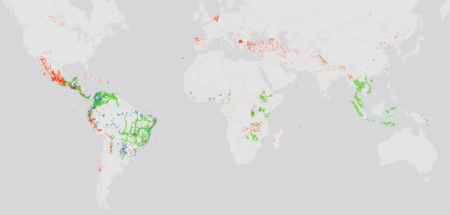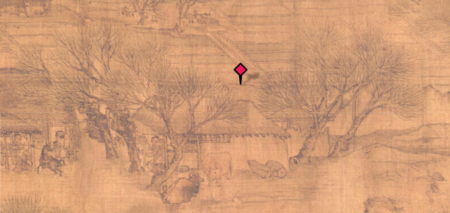Great news from the opening ceremony of the new Future Seeds genebank in Palmira, Colombia on 15 March:
The Bezos Earth Fund pledged US$17 million for Future Seeds, a new CGIAR genebank inaugurated today. The new genebank will bolster global efforts to safeguard the world’s future food supply.
This genebank is truly next-level:
Future Seeds is the most advanced facility in Latin America and is expected to become the first ever platinum-level LEED (Leadership in Energy and Environmental Design)-certified genebank building in the world. Its Data Discovery and Biotechnology Lab will use big-data technologies to mine the genebank using the latest in genetics to document the range of possibly useful traits in the current collection. Other breakthrough technologies across genebanks include drones and robotic rovers, which are helping analyze crop characteristics in the field more rapidly, and the use of artificial intelligence to enable collectors to identify potential biodiversity hotspots in nature.
Here, check it out for yourselves:
And here’s an overview of the collections from Genesys (beans in red, cassava blue, forages green).
Full disclosure: we also support the place at work.

